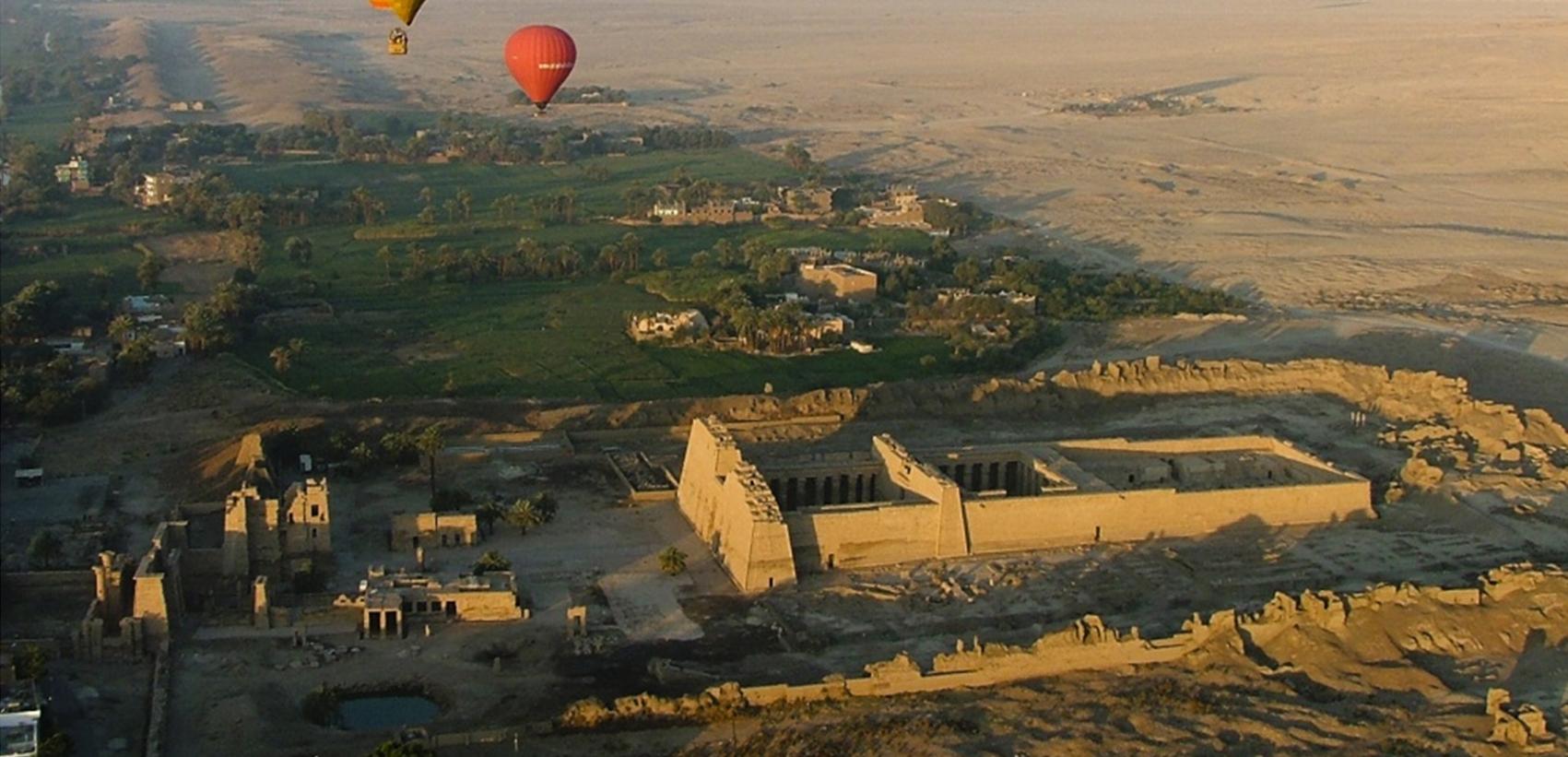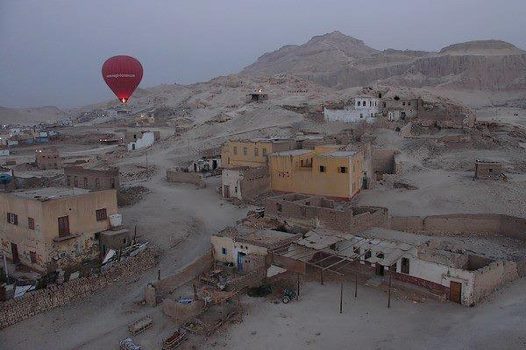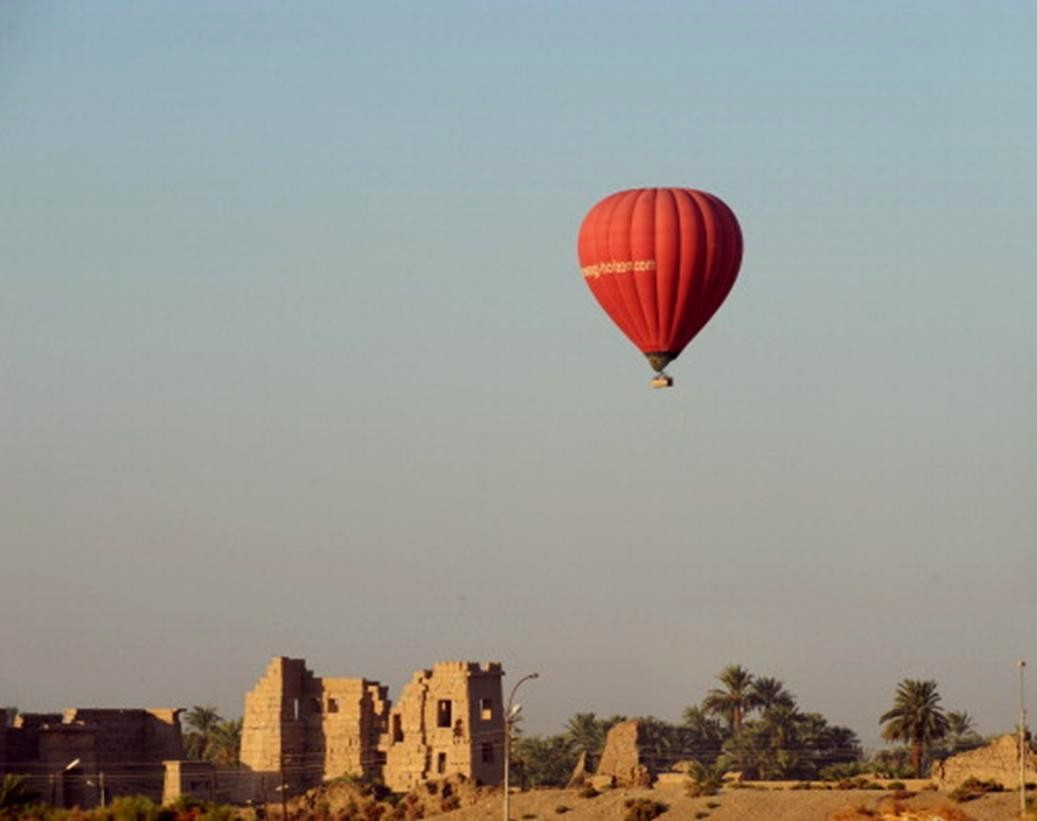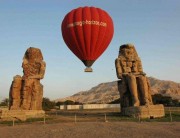In Luxor, modern life and ancient death live in harmony. On the Niles’s east bank, two stately temples anchor the city, while on the west bank, the desert ruins of Pharaonic temples embrace a hand of green brought to life by the river waters.
There is no better way to truly grasp how past and present are interwoven than from the air. In a hot-air balloon, far above building walls and agricultural fields, the entire city becomes an open-air museum.
It is then you realize the dream of the Pharaohs to make Thebes, as they called it, the capital of the greatest civilization in human history. The mammoth monuments have impressed throughout the millennia. When the Arabs came, they named the city ‘Al-Aqsur’ literally ‘the palaces’ for the temples with their grand courtyards, massive pylons and forest-like hypostyle halls. That tribute remains in the modern name Luxor as it evolved from the Arabic…











Get Social
Facebook
Twitter
Youtube